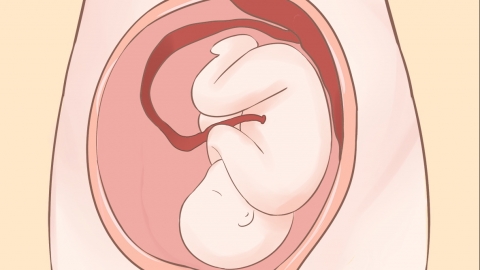Are children with Down syndrome more likely to be larger or smaller in size?
"Down syndrome children" refers to children with Down syndrome. Under normal circumstances, most children with Down syndrome have lower than average birth weight and length, although a few might fall close to the normal range. A detailed analysis is as follows:

Most children with Down syndrome experience intrauterine growth retardation, and placental function may be affected, leading to insufficient nutrient absorption by the fetus. At birth, their weight is lower than that of normal newborns of the same age, and their body length is also relatively shorter. These children may also exhibit other developmental abnormalities, such as short limbs and a smaller head circumference.
A few children with Down syndrome may, due to individual differences, not experience significant intrauterine growth restriction, and their birth weight and length may approach the normal range. However, this situation is rare. Even if their physical size is close to normal, they will still display other characteristics caused by chromosomal abnormalities, such as distinctive facial features and delayed intellectual development.
Regular prenatal screening and diagnosis during pregnancy are necessary. If fetal developmental abnormalities are detected, timely consultation with a doctor is advised, and appropriate measures should be taken after clarifying the situation, avoiding overlooking potential issues based solely on physical size.





